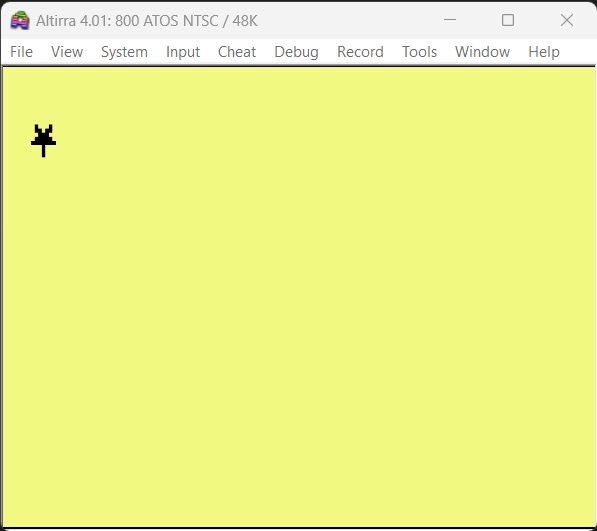STATIC IMAGES: SEQUENCE LOADING AND DISPLAY OF A FRAME
This small example will show how to load sequence from a single image. The basic syntax is to give a "frame size" of each frame inside the original image. In this way, every frame will be taken to generate a set of IMAGES datatype. Note that SEQUENCE can be used as IMAGES as well, and it means to use the first frame.
source
compile
sandbox
issues?
back to examples


